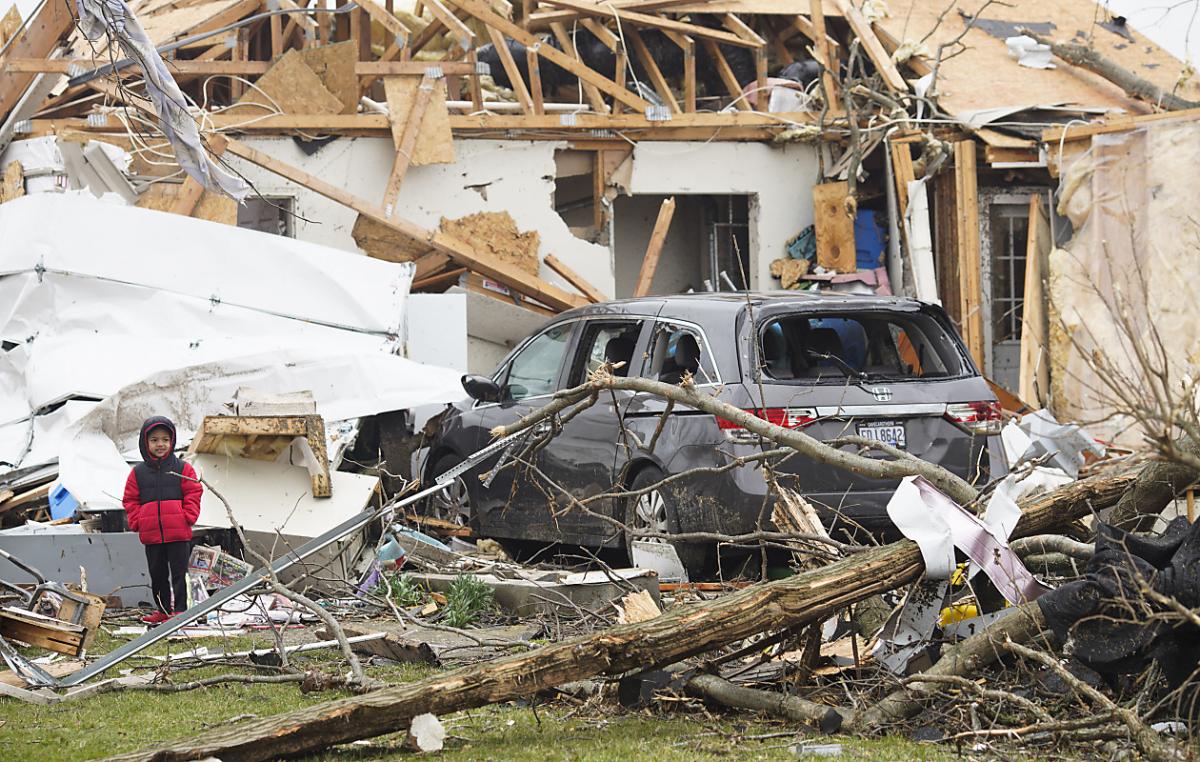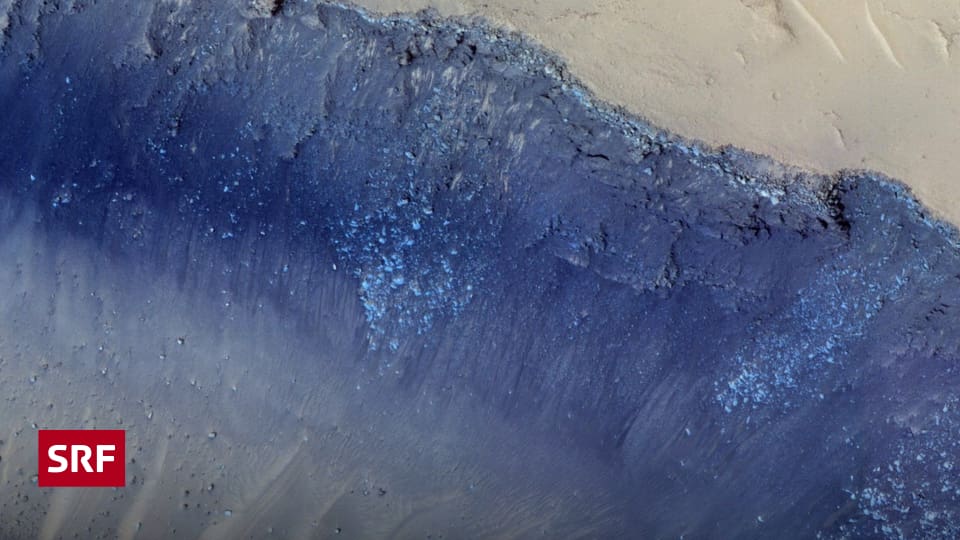Our neighboring planet has it all. Beneath the surface, Mars contains large amounts of liquid magma and water ice, as evidenced by seismic measurements by NASA and ETH Zurich. This ice may one day make it easier for early humans to survive on Mars.
Earth’s red brother has a lot to offer in terms of landscape: oddly shaped craters, primeval riverbeds and breathtaking mountains like Olympus Mons, which is three times as high as Mount Everest, the highest volcano in our solar system.
But the volcano died out, the waters evaporated and the landscape frozen into a dead desert planet. This is how we know Mars. But this picture is wrong, says Bruce Banerdt, principal investigator of NASA’s InSight mission: “Mars is not a fossil from the past, but a living, active planet!”
An unexpected number of Mars quakes
This is revealed by Martian earthquakes, which a NASA seismometer, which Switzerland helped develop, has been measuring on our neighboring planet for four years. Domenico Giardini and his team at ETH Zurich record and evaluate seismic signals on the ground. The team measured more than 1,300 earthquakes. Although they — at a maximum of 4.7 magnitude — are weaker than those on Earth, they are “surprisingly numerous,” according to Giardini.
Volcanoes in the Hellhound Trenches
Many of the measured Martian earthquakes occur where there are large fault structures in the Earth’s interior — some with glowing magma inside, the researchers were able to infer from their seismic measurements. “It’s very exciting to see that Mars is still experiencing active volcanism even today,” says Bruce Banerdt.
There is no bubbling or hissing anywhere on Mars: but in the future, according to Domenico Giardini, it will be possible, whether in three or 300 years. A hot contender isn’t Olympus Mons, but Mars is particularly active in an uncharted territory with steep trenches and is appropriately named: Cerberus Fusai, in German: The Trenches of Hell.
Legend:
Cerberus Fusay
Satellite images show trenches extending from the northwest to the southeast of Mars.
Imago Images / ZUMA Wire
But not only movements from the depths show Mars in a new light. About a year ago, the seismometer also detected a larger meteorite impact, which revealed large amounts of water ice from 20 meters deep. This is the first time in the equator region, which is relatively warm due to Martian conditions, that is, where people are supposed to land on Mars in the future. A second, very similar tropical forcing was discovered later during seismic data analysis.
Blocks of ice several meters high
Bruce Banerdt of NASA’s Jet Propulsion Laboratory is very satisfied: “These are not just traces of water ice, but masses of ice several meters in size, which make up maybe five or ten percent of the upper soil layers. For people on Mars, that would be A welcome survival aid.”
Mars is not a fossil from the past, but a living and active planet!
A geophysicist estimates that the ice is close enough to the surface that it can be drilled or excavated.
What looks promising also reveals risks. More meteorites fly off Mars than on Earth. And bigger effects – let the stones easily fly 20 kilometers across the landscape. Mars remains a rocky place for humans.

“Total coffee aficionado. Travel buff. Music ninja. Bacon nerd. Beeraholic.”







More Stories
NASA rover makes surprising discovery on Mars – “It's really puzzling”
Zelinger defends cooperation with China
Discover our recipe for the perfect strawberry chocolate cake